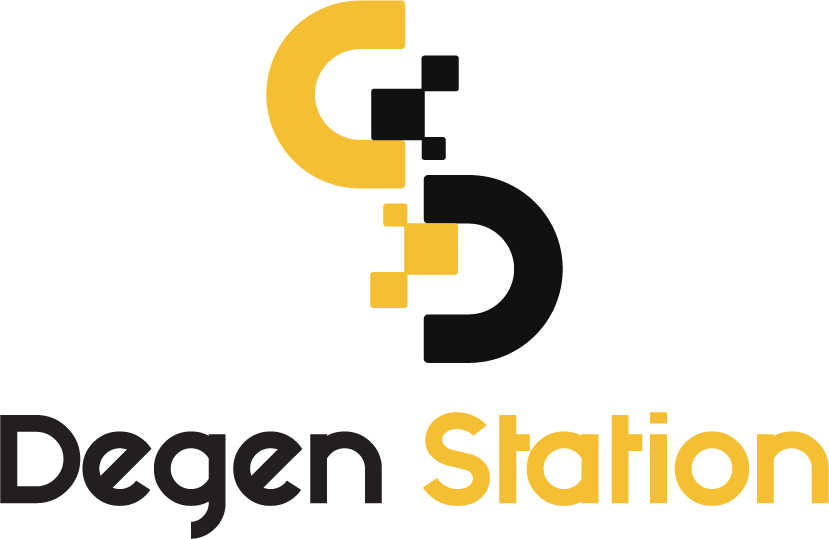Liquity V2 Launches BOLD, First Stablecoin Allowing Users to Adjust Loan Interest Rates

Liquity introduces a new stablecoin, BOLD, in its upcoming V2 upgrade, set to launch in Q3 2024. BOLD is the first stablecoin enabling users to set their own loan interest rates.

Liquity V2 Launches BOLD, First Stablecoin Allowing Users to Adjust Loan Interest Rates
On the evening of May 14, decentralized lending platform Liquity released the white paper for Liquity V2.
The upcoming V2 upgrade of Liquity will introduce a new stablecoin, BOLD, offering several groundbreaking improvements and operating alongside the existing stablecoin LUSD from Liquity V1. Liquity stated:
"Current protocols often rely on manual adjustments, leading to delays and inconsistencies in interest rate management, or they lack mechanisms to maximize interest payments to boost stablecoin demand. Liquity V2 aims to address these issues."
Previously, Liquity, launched in 2021, provided zero-interest loans using LUSD stablecoins. Users could collateralize ETH to borrow LUSD and redeem it back into ETH anytime. At its peak in May 2021, Liquity's TVL exceeded $4 billion.
However, due to rising stablecoin market interest rates and LUSD's limited user retention products, LUSD faced high sell pressure and a surge in ETH redemptions. Liquity V1 borrowers increased their collateral ratios significantly to avoid liquidation, diminishing Liquity V1's effective lending capacity. According to DefiLlama, its current value is approximately $627 million.

TVL of Liquity. Source: DefiLlama (15/05/2024)
To address these challenges, Liquity V2 introduces BOLD, a new stablecoin with the following innovations:
- Self-Adjustable Interest Rates: Users can choose their loan interest rates for BOLD, making short-term loans more appealing in Liquity V2.

Interest rates in Liquity V2
- Expanded Collateral Options: Liquity V2 will allow collateralization using WETH and liquid staking tokens (LST) such as wstETH from Lido.

TVL of ETH locked in Liquid Staking platforms
- Efficient Redemption Mechanism: Lenders offering higher interest rates will face lower redemption rates into ETH. BOLD holders use the token to "buy back" ETH from borrowers with the lowest interest rates.

How BOLD to ETH redemption works
- Real Yield on BOLD: Depositing BOLD into the Stability Pool allows users to earn real interest accumulated from the protocol.

Real Yield generation process on BOLD
- BOLD Peg Mechanism: Liquity V2 ensures BOLD's price stability, even amid fluctuating interest rates.
- Excessive BOLD Creation: Increases BOLD to ETH redemption rates to constrain supply.
- BOLD Price Increase: Lowers interest rates in the Stability Pool and boosts ETH to BOLD conversion rates to expand supply.

BOLD peg mechanism
Liquity V2 introduces a new approach by allowing borrowers to set their own interest rates, creating an incentive alignment: the higher the interest rate a borrower is willing to pay, the more revenue they generate for the protocol, thereby supporting BOLD holders in the Stability Pool and BOLD liquidity providers.

Complete process between borrowers and lenders of BOLD on Liquity V2
Samrat Lekhak, Head of Business Development and Communications at Liquity, stated:
"While LUSD has strengths in decentralization, it lacks the flexibility needed to adapt to market changes like interest rate fluctuations. In an environment of rising interest rates, a stable and continuous source of interest is crucial for retaining stablecoin users. This is where BOLD's advantage lies."
This significant upgrade in Liquity V2 aims to revolutionize the DeFi lending landscape by offering more flexibility and user control, potentially setting a new standard for stablecoins in the market.





